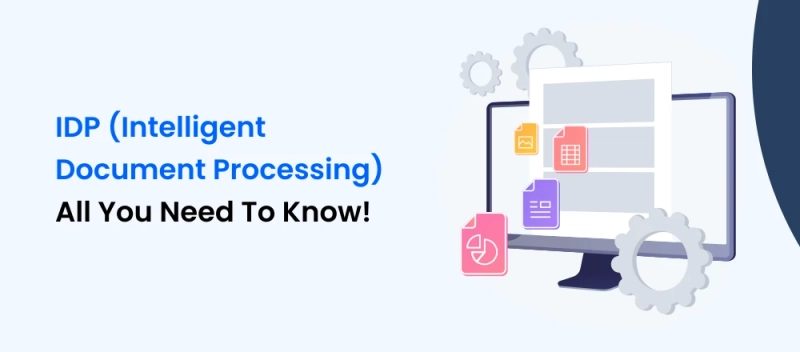Intelligent document automation processes have revolutionized how businesses handle their data and paperwork, enabling them to streamline operations and boost efficiency. By leveraging advanced technologies such as Optical Character Recognition (OCR) and Machine Learning (ML), intelligent document automation simplifies document processing, reduces manual efforts, and minimizes errors.
At its core, intelligent document automation involves three key components: document capture and extraction, data validation and verification, and workflow automation.
The first component, document capture and extraction, focuses on transforming physical documents into digital format. Through automated scanning and digitization, paper-based documents are converted into electronic files. OCR technology plays a crucial role in this process, as it recognizes and extracts relevant data from the digitized documents. By leveraging ML algorithms, the system becomes increasingly accurate in identifying and extracting key information such as names, addresses, and numerical data.
Once the data is extracted, the next component, data validation and verification, comes into play. The automated system compares the extracted data against predefined rules or databases to ensure accuracy and consistency. Any discrepancies or errors are flagged for review and correction. This step significantly reduces the chances of human error and improves data quality.
Workflow automation, the third component, enables businesses to design and configure automated workflows for document routing and approvals. Instead of relying on manual processes, documents are automatically routed to the appropriate departments or individuals for review, collaboration, and decision-making. This eliminates the need for manual handoffs and speeds up the overall process. Moreover, the system can be configured to send notifications and reminders, ensuring timely action and reducing bottlenecks.
Implementing intelligent document automation brings numerous benefits to businesses:
Improved Efficiency: By automating document processing tasks, businesses can accelerate their workflows and handle large volumes of documents in less time. This allows employees to focus on higher-value tasks and reduces the risk of human errors associated with manual data entry.
Enhanced Accuracy: With OCR technology and ML algorithms, the intelligent document automation system ensures accurate extraction of data from documents. The validation and verification process further enhances data accuracy by cross-referencing against predefined rules and databases.
Cost Savings: By reducing manual efforts and minimizing errors, intelligent document automation leads to significant cost savings. Businesses can allocate resources more efficiently, eliminate the need for manual data entry personnel, and reduce operational expenses associated with document processing.
Improved Compliance: Intelligent document automation helps businesses adhere to regulatory requirements and internal compliance policies. The system can enforce validation rules, ensure data privacy and security, and maintain an audit trail of document processing activities.
Enhanced Collaboration: Automated workflows enable seamless collaboration and communication among teams. Documents can be shared, reviewed, and approved in real-time, regardless of geographical location. This fosters efficient decision-making and improves overall collaboration within the organization.
Best practices for implementing intelligent document automation include:
Identifying the document-intensive processes that would benefit the most from automation.Ensuring the accuracy and completeness of the document capture and extraction process through regular system training and validation.Conducting thorough testing and user acceptance to ensure smooth integration with existing systems and processes.Providing adequate training and support to employees to ensure a smooth transition to the new automated workflows.Regularly monitoring and analyzing the performance of the system to identify areas for improvement and optimization.In conclusion, intelligent document automation processes have the potential to transform how businesses handle their data and paperwork. By leveraging advanced technologies, businesses can streamline their document-based workflows, reduce errors, improve efficiency, and enhance collaboration. Embracing intelligent document automation enables organizations to stay competitive in today's digital age and achieve operational excellence.


